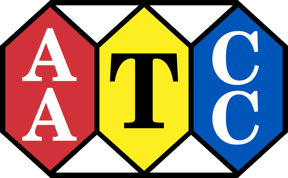Description
Untitled
TEST METHODS ARE DELIVERED AS A LINK IN YOUR EMAILED RECEIPT.
AATCC TM131-2019, Colorfastness to Pleating: Steam Pleating
1. Purpose and Scope
1.1 This test method is intended for assessing the resistance of the color of textiles of all kinds and in all forms to the action of steam pleating process. The materials are not pleated during the test, and it is emphasized that the test is not intended for assessing the quality of the pleating process.
1.2 Three (3) tests differing in severity are provided; one (1)or more of them may be used.
1.3 The severe test is intended primarily for wholly manufactured textile such as those made from polyamide and polyester fibers. It should not be used for textiles containing wool.
2. Principle
2.1 A specimen of the textile in contact with specified undyed cloths is steamed under specific conditions of pressure and time and then dried. The color change of the specimen and staining of the undyed cloths are assessed with standard gray scales. Color change and staining results are reported as a grade from 5 to 1, with 5 representing no color change or staining and 1 representing the most color change or staining.
Copyright American Association of Textile Chemists and Colorists, RTP, NC, USA. All rights reserved.
The above information is only a summary of the AATCC test method.
English
Spanish
Hindi
Chinese (Simplified)
Chinese (Traditional)
Japanese
Bengali
Korean
Telugu
Marathi
Punjabi
French
Polish
Arabic
Danish
Dutch
Persian
Portuguese
Latin
Vietnamese
Hebrew
Hungarian
Indonesian
Irish
Italian
Kannada
Mongolian
Romanian
Russian
Norwegian
Serbian
Sindhi
Swedish
Tamil
Turkish
Ukrainian
Urdu
